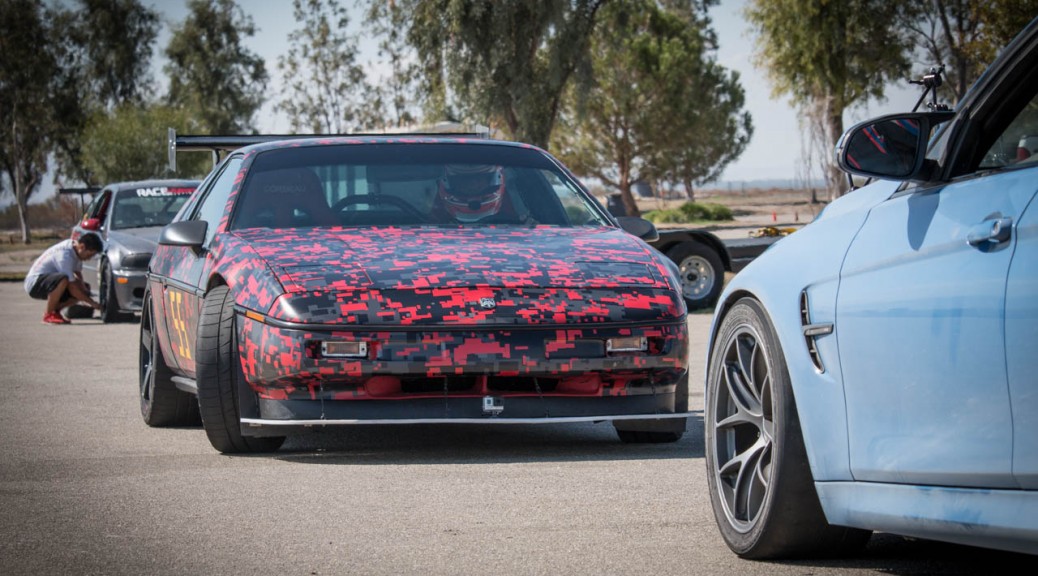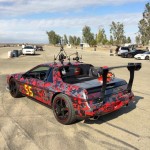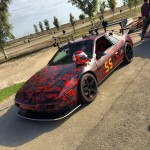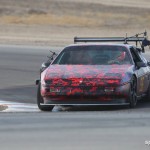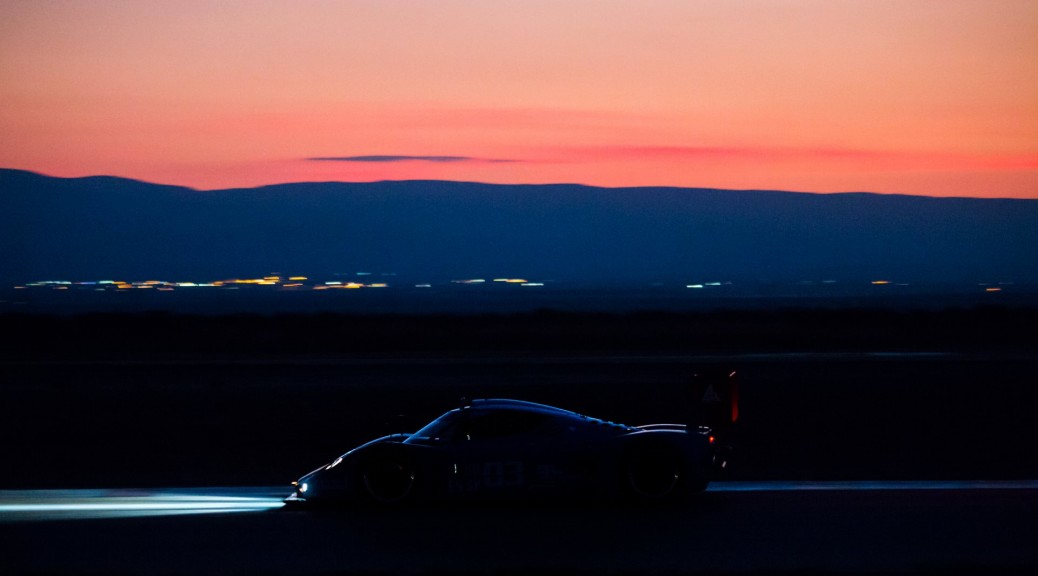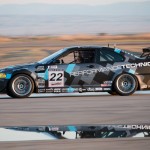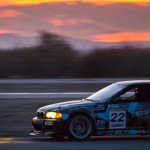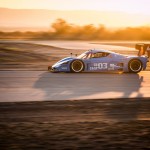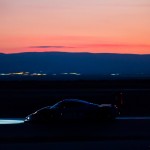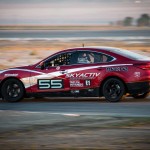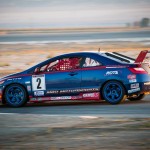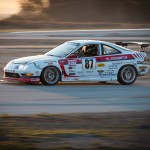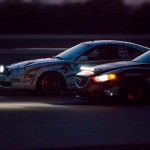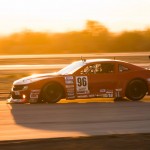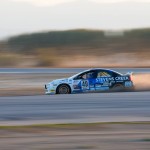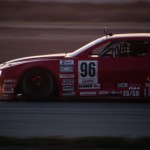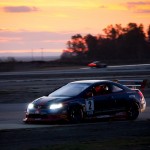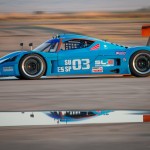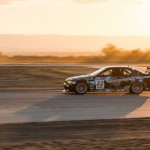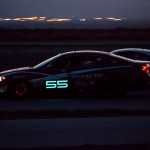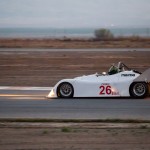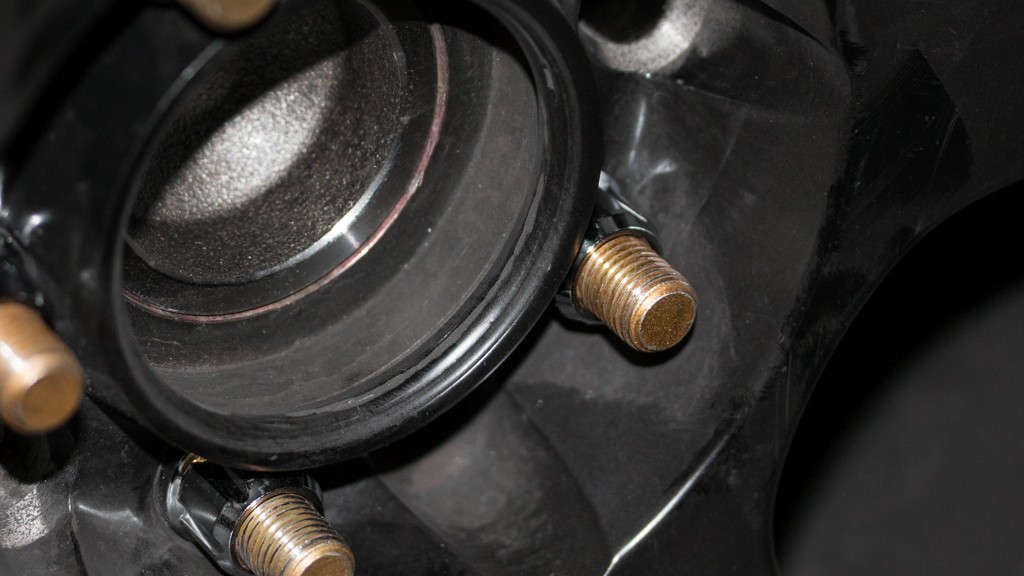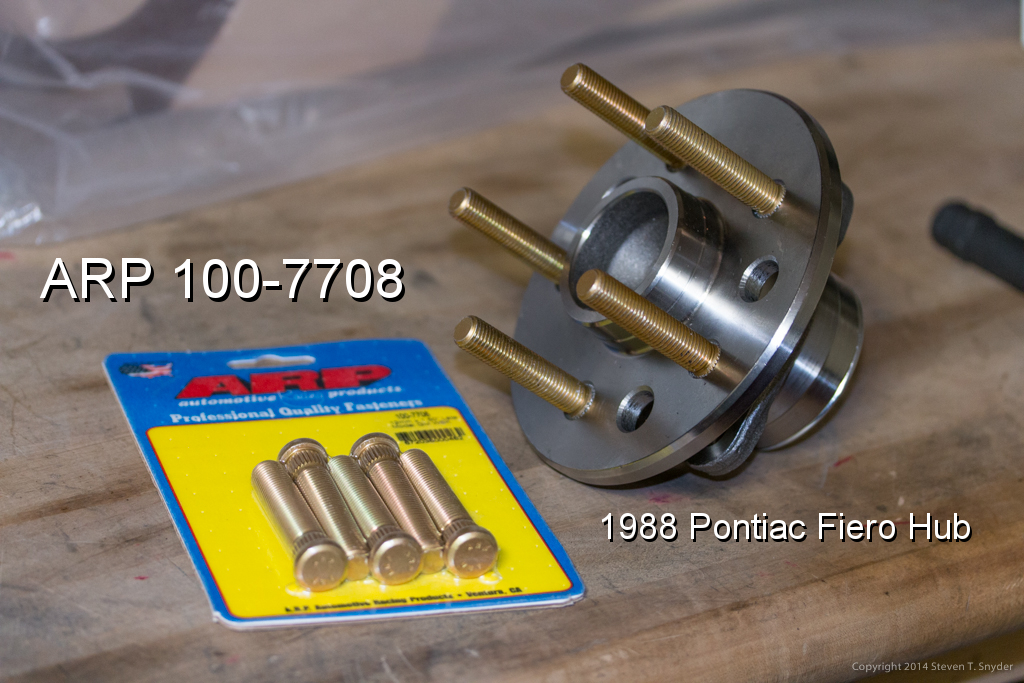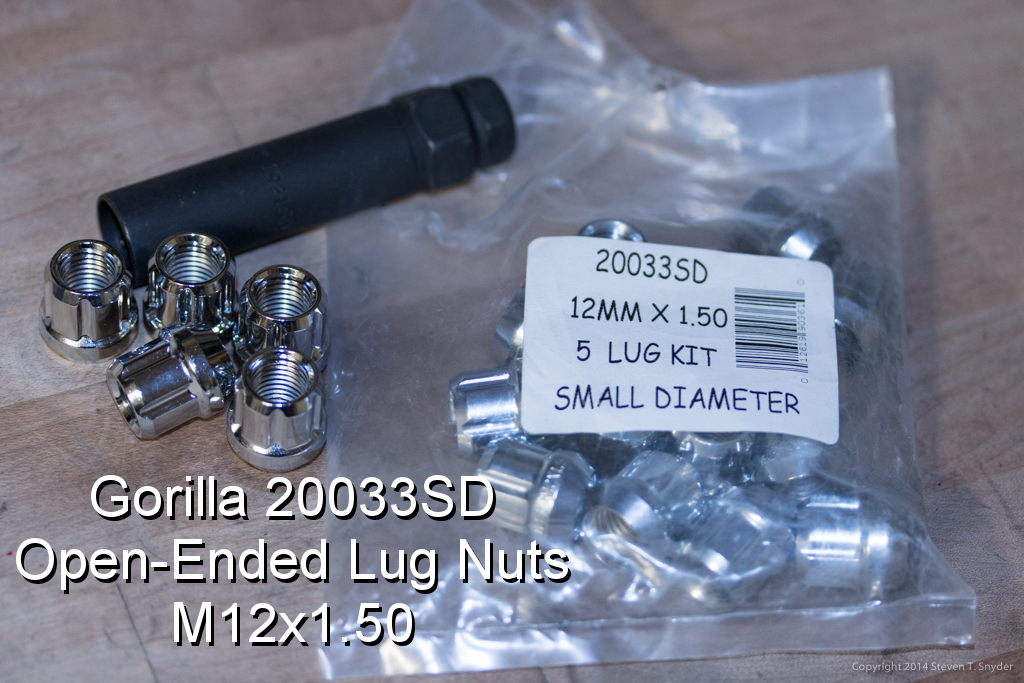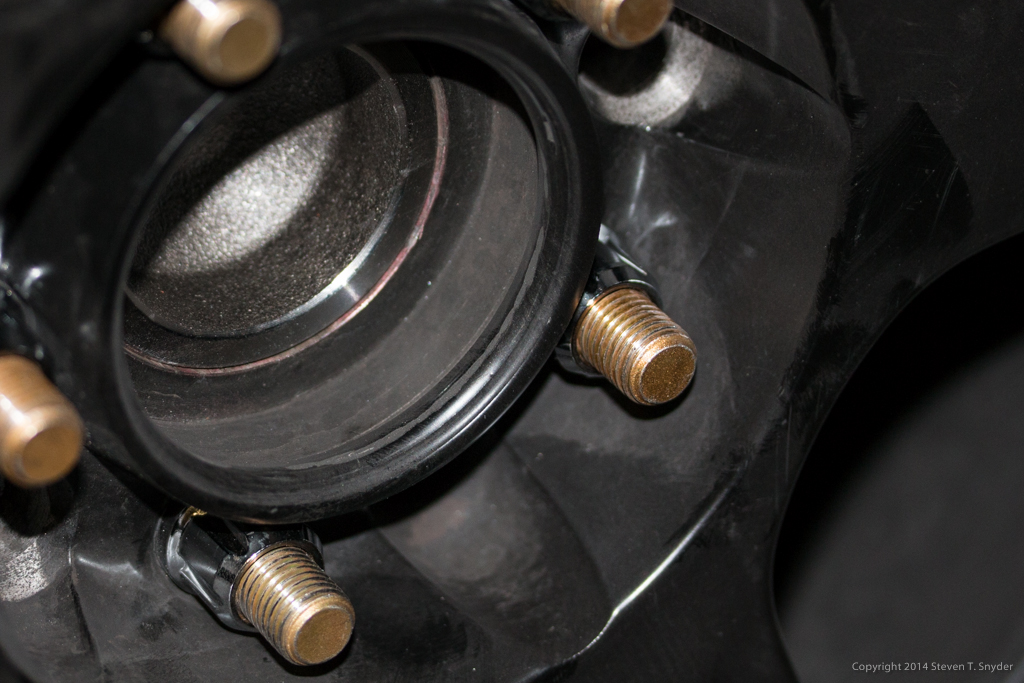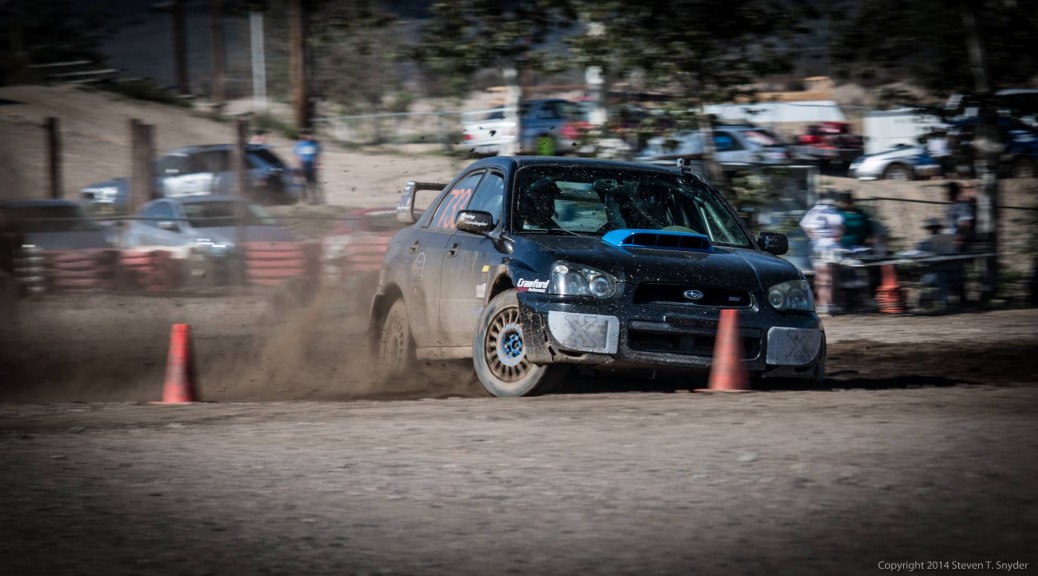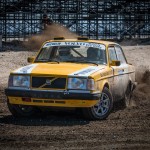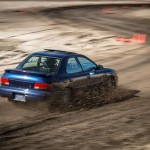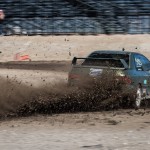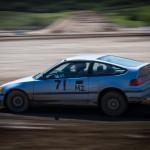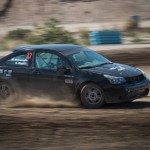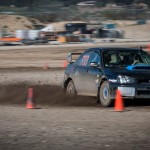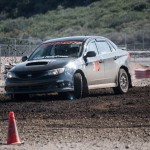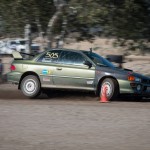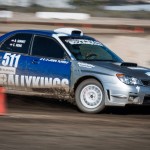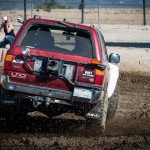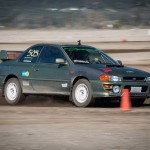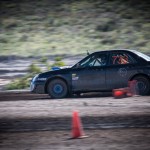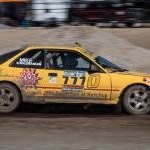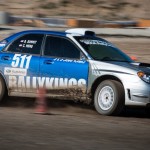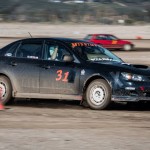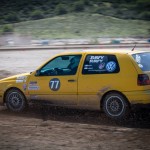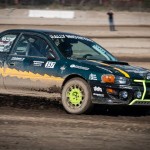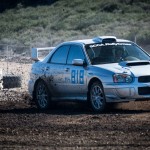A few months back, The Smoking Tire posted a request for interesting local cars and I posted a photo of my car. I guess they liked it, because in late September, Matt Farah of The Smoking Tire and /DRIVE channel spent the day track-testing my Fiero at a Speed District event at Buttonwillow Raceway. They were originally going to film it up Angeles Crest or another canyon road, but I insisted on taking the car out to a racetrack so it could be driven to the limit.
It was awesome seeing my car covered in cameras, and nice to hear that the car was fun to drive from someone who has driven everything from Lamborghini Aventadors to the Hennessey Venom GT.
The resulting footage was turned into full-length 10-minute video on /DRIVE+ for subscribers, and a 5-minute version (not trailer, just a shorter edit) on the free /DRIVE channel.
The videos turned out AWESOME. I didn’t think I spoke well during the interview, but I guess I did alright. With clever editing, I narrate a large portion of the film!
For once I came home from a track day and didn’t have to edit any videos myself!
Here’s the full length version for /DRIVE+ subscribers:
https://www.youtube.com/watch?v=s6wZYvLluus
… and the free, shorter version:
Big thanks to Matt, Thaddeus, Zack and Nino for making the film, to Speed District for hosting the track day, and to my friend Chris for long hours spent helping to make the car ready for a flawless day at the track!
Here are a few pics of my car covered in cameras:
